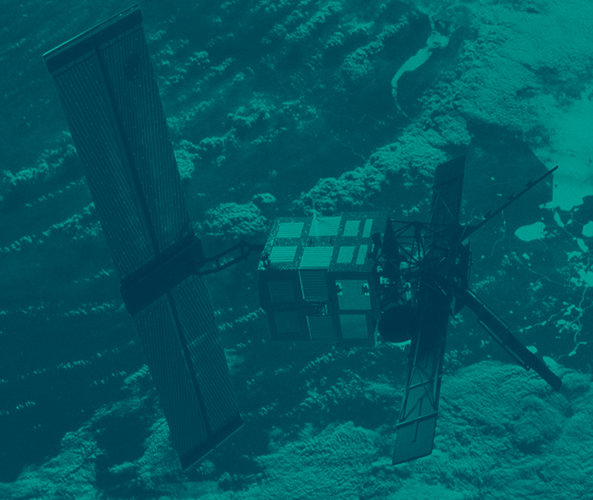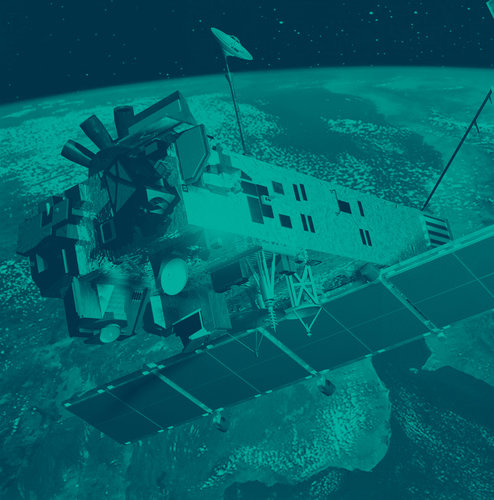Overview
On the night of 16 November 2000 a vast landslide swept down from a Slovenian mountain of Mount Mangart towards the village of Log pod Mangartom. Over a million cubic metres of rock and earth slid down the mountain slope, and the settlement was buried.
Around 50 houses were destroyed along with industrial buildings, power facilities and water reservoirs, and the surrounding valley was devastated. The landslide also killed seven villagers.
While the surviving villagers were evacuated, Slovenian civil protection teams worked to monitor and stabilise the landslide as well as make a damage assessment. Amidst the devastation, the teams were fortunate the landslide had occurred when it did.
A little over two weeks earlier the International Charter on Space and Major Disasters had become operational, and all it took was a single telephone call to request the assistance of signatory Earth Observation satellites and associated resources.
Following this first ever activation of the Charter, ESA, the French space agency CNES and the Canadian Space Agency all supplied image products to the Slovenians. They included before and after optical and radar images of the site as well as digital elevation models.
Today the Charter has gained several new signatories among the world's space agencies. It is perhaps the single most dramatic example of how space technology can benefit and protect citizens of the globe.
The effects of disasters – whether they are landslides, floods, volcanic eruptions, oil spills or earthquakes – can usually be observed from space, so wide-view satellite imagery are employed directly as information sources as well as management tools for planning and co-ordinating emergency responses.
Following Charter activation, space-acquired data products and associated resources are made directly available to the civil protection agencies concerned. Services are not limited to supplying data but include processing and interpretation as well.
The Charter started life at the Third United Nations Conference on the Exploration and Peaceful Uses of Outer Space (UNISPACE III) in Vienna in 1999. The original members of the Charter were ESA, CNES and the CSA, since joined by the Indian Space Research Organisation (ISRO), the United States National Oceanic and Atmospheric Administration (NOAA), the Argentine Space Agency (CONAE), the Japan Aerospace Exploration Agency (JAXA), the British National Space Centre/Disaster Monitoring Constellation (BNSC/DMC), the U.S. Geological Survey (USGS), the China National Space Administration (CNSA), the German Aerospace Center (DLR), the Korea Aerospace Research Institute (KARI), the National Institute For Space Research (INPE), the European Organisation for the Exploitation of Meteorological Satellites (EUMETSAT) and the Russian Federal Space Agency (Roscosmos).















 Germany
Germany
 Austria
Austria
 Belgium
Belgium
 Denmark
Denmark
 Spain
Spain
 Estonia
Estonia
 Finland
Finland
 France
France
 Greece
Greece
 Hungary
Hungary
 Ireland
Ireland
 Italy
Italy
 Luxembourg
Luxembourg
 Norway
Norway
 The Netherlands
The Netherlands
 Poland
Poland
 Portugal
Portugal
 Czechia
Czechia
 Romania
Romania
 United Kingdom
United Kingdom
 Slovenia
Slovenia
 Sweden
Sweden
 Switzerland
Switzerland






























